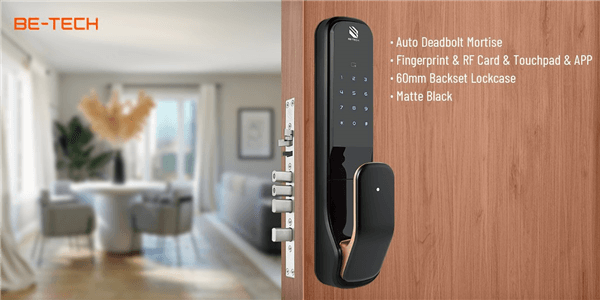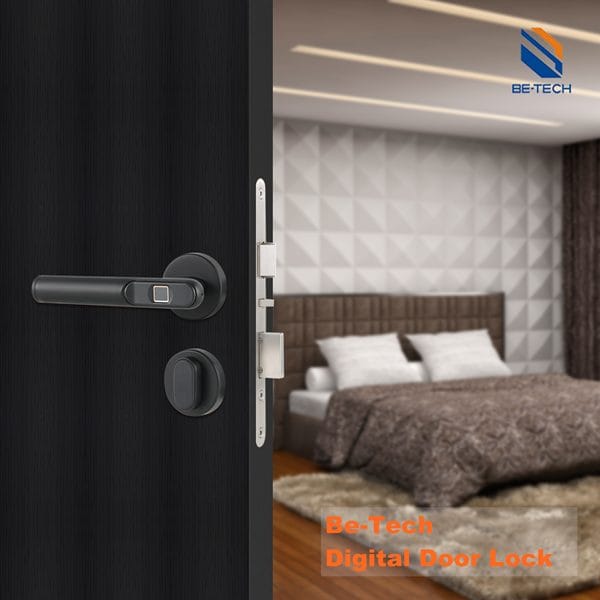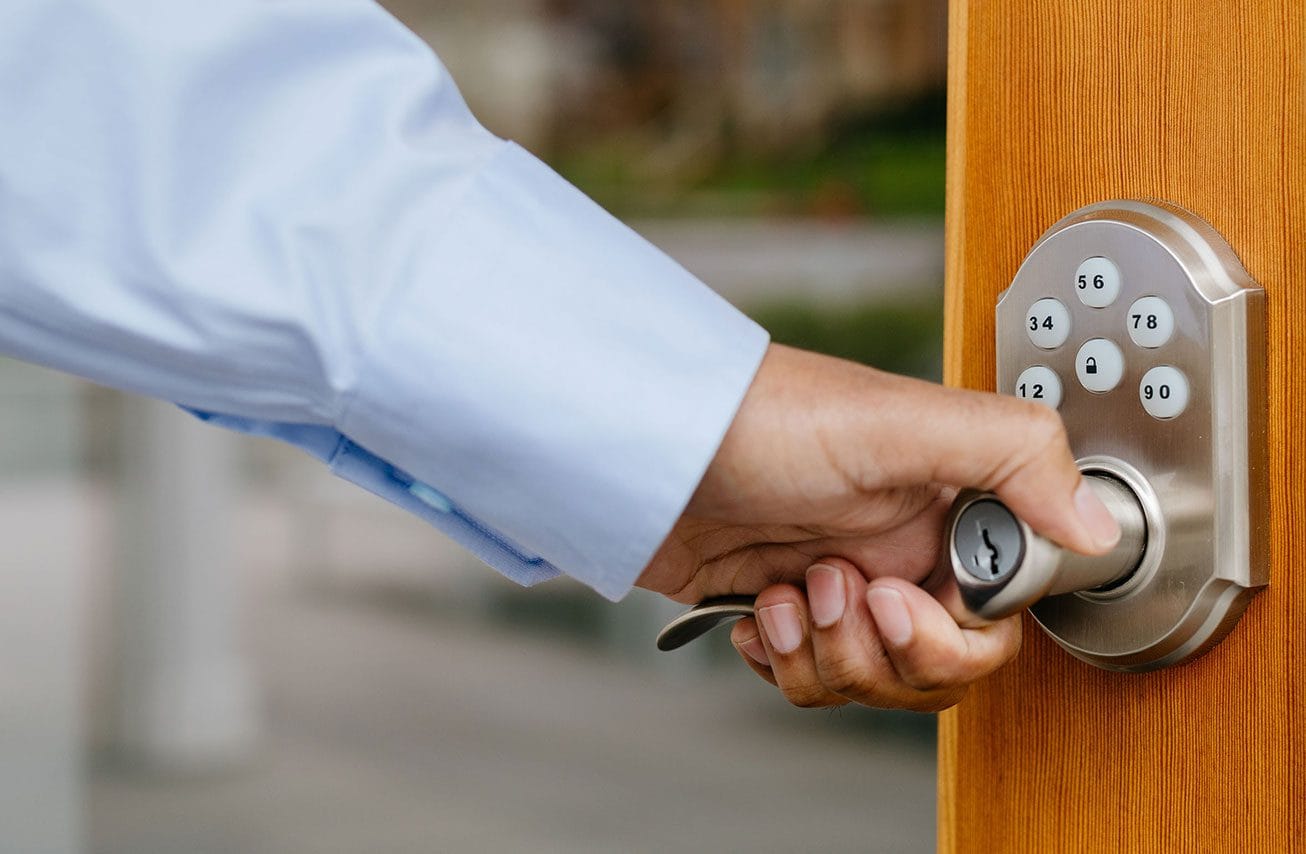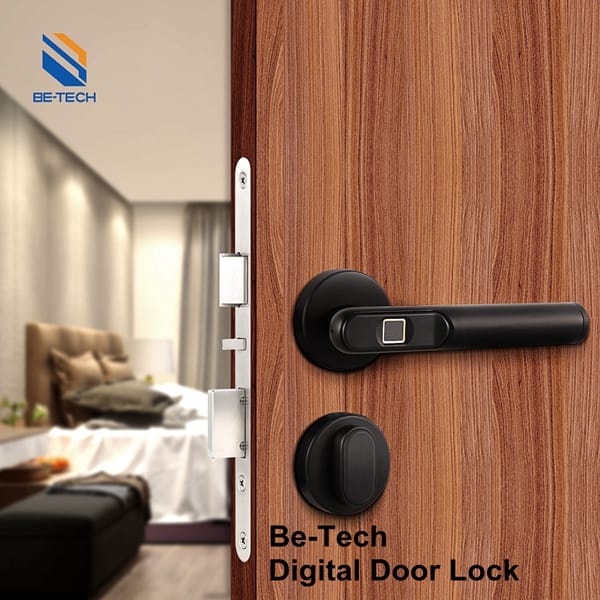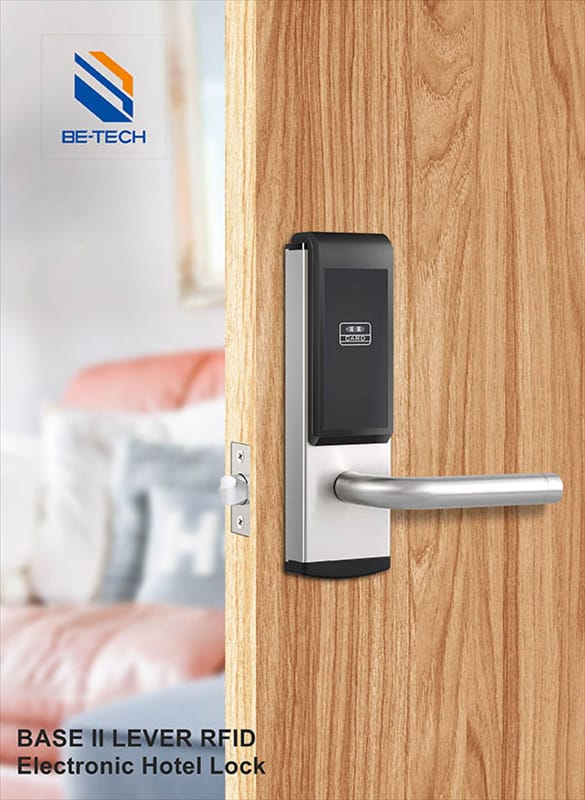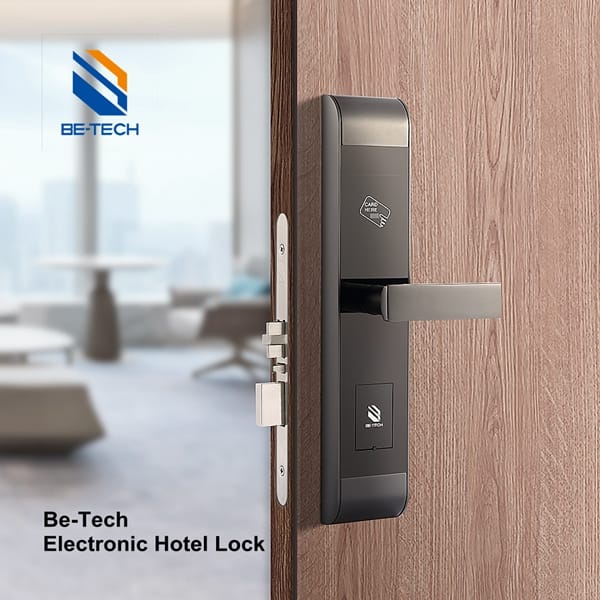In today’s world of home security, uPVC (unplasticized polyvinyl chloride) doors are increasingly favored for their exceptional durability, energy efficiency, and appealing aesthetics. A crucial aspect of these doors is their locking mechanism, which is essential for safeguarding your property. This comprehensive guide will explore:
- The different types of uPVC door locking mechanisms
- Key components involved in these locks
- Common issues homeowners face
- Maintenance tips to ensure longevity
- Recommended products to enhance security and convenience
By understanding these elements, you can make informed decisions to protect your home effectively.
What’s Hotel Lock Components
In the hospitality industry, choosing the right door lock is crucial for ensuring guest security and satisfaction. A modern hotel lock system integrates advanced technology with user-friendly features designed to enhance both safety and convenience.

Key Features of Hotel Locks
- Security Cylinder
- The core of any hotel lock system, featuring advanced encryption methods to resist unauthorized access. Common types include:
- RFID Cylinders: Allow contactless access using secure key cards or mobile devices.
- Biometric Locks: Utilize fingerprint recognition for enhanced security.
- The core of any hotel lock system, featuring advanced encryption methods to resist unauthorized access. Common types include:
- Latch Mechanism
- A spring-loaded component that automatically secures doors when closed. Key functions include:
- Quick retraction when unlocking.
- Reliable engagement upon closing for maximum security.
- A spring-loaded component that automatically secures doors when closed. Key functions include:
- Lock Body
- The robust housing that protects internal components from tampering. It often includes:
- Anti-drill and anti-pick features to withstand physical attacks.
- Integration with hotel management systems for real-time monitoring.
- The robust housing that protects internal components from tampering. It often includes:
- Linkage System
- Connects the cylinder to the latch, ensuring smooth operation. Its primary role is to:
- Facilitate seamless locking and unlocking actions.
- Enable remote management capabilities through smart technology.
- Connects the cylinder to the latch, ensuring smooth operation. Its primary role is to:
- User Interface Handle
- The handle allows guests to easily operate the lock from inside their rooms. Some advanced models offer:
- Touchless operation via mobile apps.
- Visual indicators for battery status and lock functionality.
- The handle allows guests to easily operate the lock from inside their rooms. Some advanced models offer:
Importance of Understanding Hotel Lock Systems
Familiarizing yourself with these components is essential for:
- Efficient troubleshooting of lock issues
- Ensuring proper maintenance and longevity of your locking systems
- Communicating effectively with security professionals
- Making informed decisions about upgrades or replacements based on current security trends
By investing in modern hotel lock technology, you can significantly enhance guest experience while ensuring robust security measures are in place. This proactive approach positions your establishment as a leader in hospitality safety and innovation.
Types of uPVC Door Locks: Enhancing Your Home Security
uPVC (unplasticized polyvinyl chloride) doors are known for their durability and energy efficiency. However, their security largely depends on the type of lock installed. Let’s explore the most common and effective locking mechanisms for uPVC doors:
Multi-Point Locks: Comprehensive Security
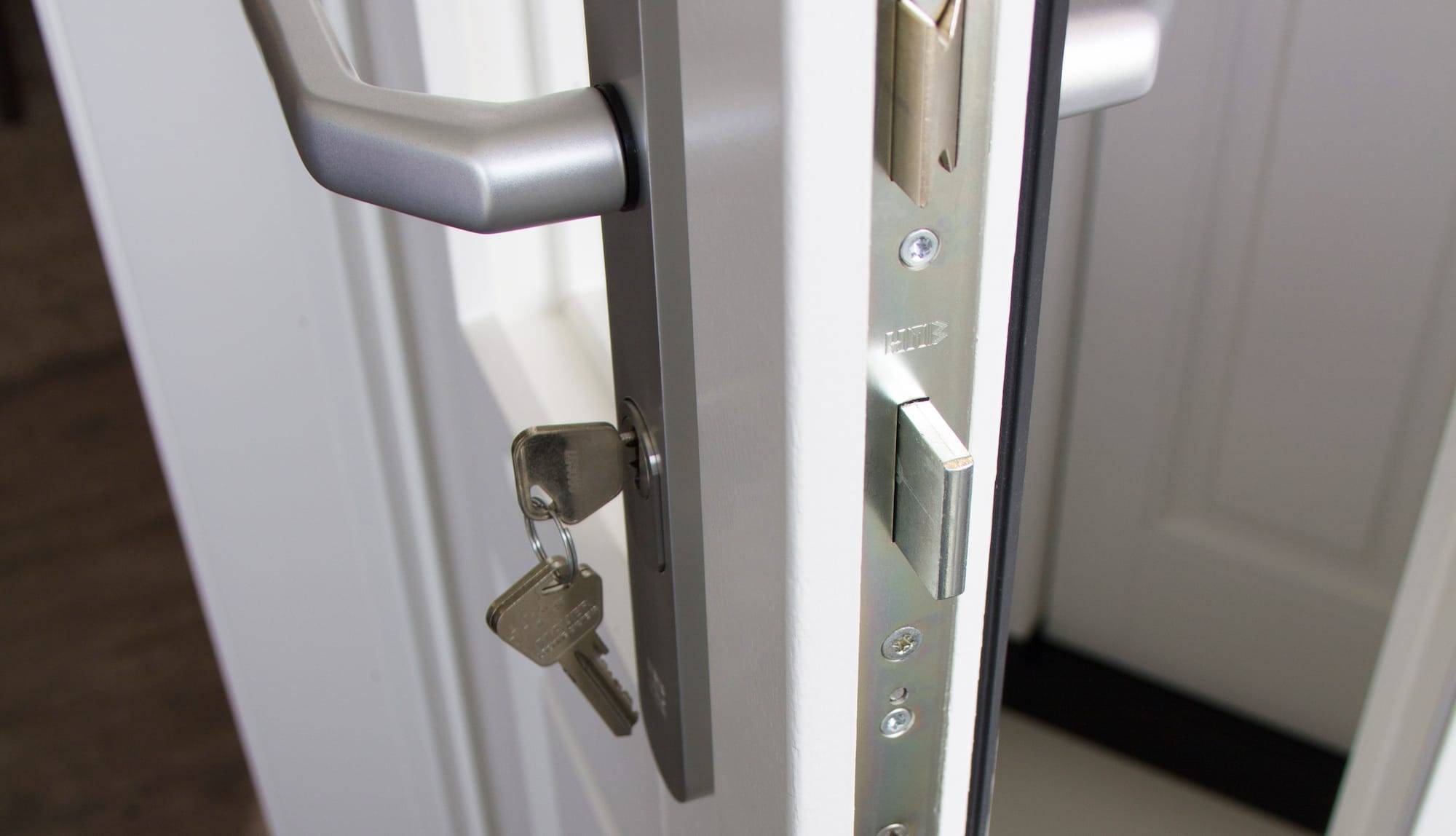
Multi-point locking systems are the gold standard for uPVC door security. Here’s why:
- Enhanced Protection: These locks engage multiple points along the door frame, significantly increasing resistance to forced entry.
- User-Friendly: Despite their complexity, multi-point locks are activated by a single turn of the handle.
- Customizable Security: The number of locking points can be tailored to your security needs – more points equal greater protection.
Euro Cylinder Locks: Versatile and Replaceable
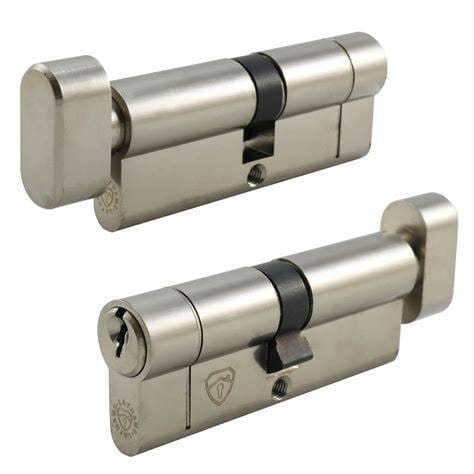
Euro cylinder locks are a popular choice for uPVC doors due to their:
- Easy Installation: Quick to install and replace, making maintenance a breeze.
- Variety of Options: Available in different security ratings to suit various needs and budgets.
- Compatibility: Widely used in uPVC doors across Europe and beyond.
Pro Tip: Always opt for high-quality, anti-snap euro cylinders to prevent lock-snapping attacks.
Deadlocks: An Extra Layer of Security
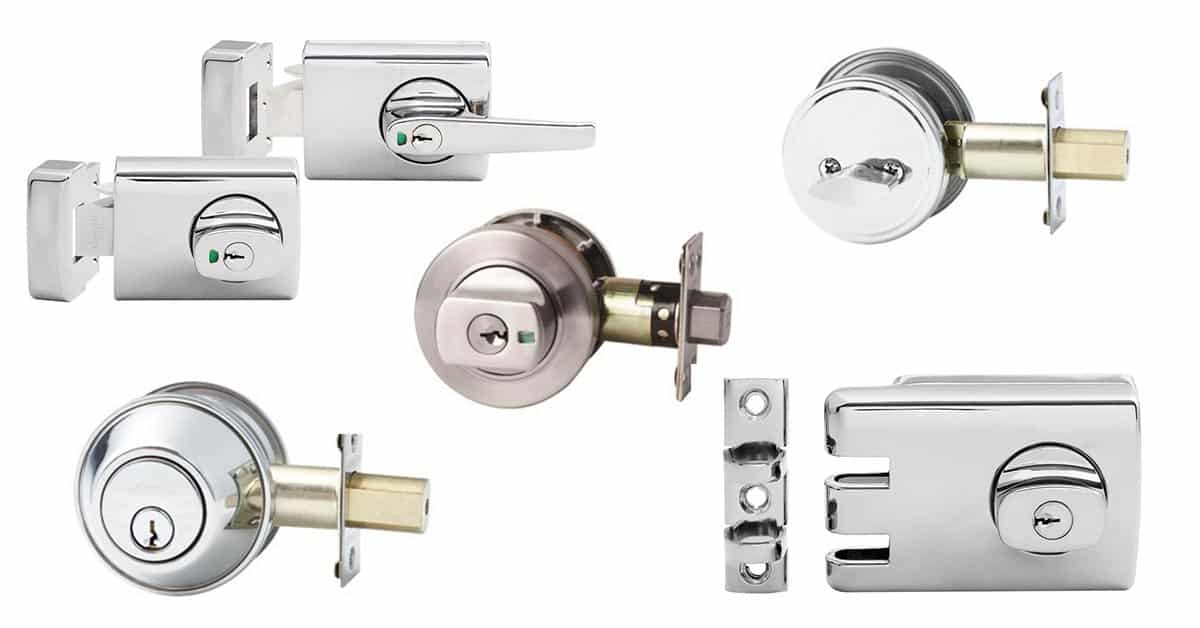
Deadlocks offer additional protection for your uPVC door:
- Key-Dependent: Requires a key for both locking and unlocking, enhancing security.
- Complementary Security: Often used in conjunction with other locking mechanisms.
- Ideal for High-Security Areas: Commonly found in hotel rooms and commercial properties.
Smart Locks: The Future of Door Security

Smart locks are revolutionizing uPVC door security with features like:
- Keyless Entry: Access your home using your smartphone or a keypad.
- Remote Control: Lock or unlock your door from anywhere in the world.
- Activity Tracking: Monitor who enters and exits your property in real-time.
- Integration: Many smart locks work with home automation systems for enhanced convenience.
| Lock Type | Main Benefit | Best For |
|---|---|---|
| Multi-Point | Comprehensive security | All uPVC doors |
| Euro Cylinder | Easy replacement | Budget-conscious homeowners |
| Deadlock | Additional security layer | High-security areas |
| Smart Lock | Convenience and monitoring | Tech-savvy users |
By understanding these different types of uPVC door locks, you can make an informed decision to enhance your home’s security while complementing your uPVC door’s efficiency.
Common Hotel Door Lock Problems: Troubleshooting Guide
Hotel door locks are vital for ensuring guest security and convenience. Despite their advanced technology, these systems can encounter issues over time. Understanding common problems and their solutions can help hotel managers maintain their lock systems effectively. Here’s a comprehensive guide to frequent hotel door lock issues and how to resolve them:
1. Battery Failure in Electronic Locks
- Problem: A dead battery can prevent electronic locks from functioning, leaving guests unable to access their rooms.
- Solution: Regularly check and replace batteries in electronic locks. Ensure that staff are trained to quickly replace batteries during maintenance checks.
2. Misaligned Lock Strike Plate
- Problem: Misalignment between the lock strike plate and latch can prevent doors from closing securely, compromising security.
- Solution: Adjust the strike plate position by loosening screws, repositioning it, and retightening. This ensures proper alignment for secure locking.
3. RFID Card Malfunction
- Problem: Guests may find that their RFID cards do not open their doors due to programming errors or expired cards.
- Solution: Reissue new cards through the hotel management system, ensuring they are correctly programmed with the guest’s room information.
4. Inoperable Door Handle
- Problem: A loose or broken door handle can render a hotel room inaccessible from the inside.
- Solution: Tighten screws on the handle assembly or replace handles if damage persists. Ensure replacements are compatible with existing lock systems.
5. Emergency Lockout Situations
- Problem: Guests may experience lockouts if the latch extends while the door is open.
- Solution: Provide staff with tools like credit cards for emergency retraction of latches, but emphasize contacting maintenance for permanent solutions.
Regular maintenance of hotel door locks not only prevents these common issues but also ensures that guests feel secure during their stay. For complex problems or uncertainties regarding repairs, contacting a professional locksmith is recommended.
Maintaining and Replacing Hotel Door Locks
Ensuring the security and functionality of your hotel door locks is crucial for guest safety and operational efficiency. Regular maintenance not only extends the life of your locks but also enhances overall security. Here are effective strategies to keep your locks in optimal condition:
Regular Maintenance Tips
- Lubrication: Apply a dry lubricant to internal mechanisms 1-2 times per year to prevent wear and ensure smooth operation.
- Tightening Screws: Regularly inspect all components for loose screws and tighten them as necessary to maintain security.
Replacing Worn Lock Cylinders
Despite regular maintenance, lock cylinders may require replacement every 5-7 years due to wear from continuous use. Signs that indicate the need for replacement include:
- Difficulty turning the key
- Visible corrosion
- Unusual noises during operation
Installing New Locksets for Significant Issues
If your lock shows signs of severe damage or is outdated, it may be time to replace the entire lockset. Upgrading to modern locking systems enhances security and ensures compatibility with advanced technologies.
Product Recommendations
Integrating high-quality products can significantly enhance the security and functionality of your hotel door locks. Here are some recommended options:
- Be-Tech Wireless Online Electronic Lock: This advanced locking mechanism features multiple engagement points and allows remote control via smartphone, ideal for modern hotels.
- Electronic Hotel Lock – Base RFID (9004 Series): This model combines user-friendliness with robust security features suitable for various applications in hospitality settings.
- Electronic Hotel Card Lock – Guardian RFID: Offers keyless entry managed through a smartphone app, providing convenience without compromising security.
By focusing on these maintenance strategies and utilizing advanced locking technologies, hotel owners can ensure a secure environment that meets both operational needs and guest expectations.
Conclusion
Choosing the right uPVC door locking mechanism is essential for ensuring security and convenience in both residential and commercial settings. By understanding types of locks available, their components, and how to maintain them, you can make informed decisions that enhance your property’s safety. Regular maintenance and timely replacements are crucial for preventing lock issues and ensuring smooth operation. Investing in high-quality locking mechanisms can provide peace of mind against unauthorized access.
For further information on maintaining your uPVC locks or exploring advanced locking solutions, visit Be-Tech Locks for expert advice on enhancing your home security systems.


